E learning in 2025 focuses on two things: will the content drive performance, and how quickly will it do so? The choice between Custom e learning and Off the Shelf e learning is a result of matching learning investment to measurable business outcomes.
When Off-the-Shelf delivers ROI:
Off-the-Shelf content can be made available across many learners at a low cost and because content is prebuilt, procurement and deployment costs are predictable. The per learner ROI is often immediate in the case of high headcount and uniform learning needs. Off-the-Shelf scores on speed, predictability and unit cost.
When Custom e learning delivers ROI:
Custom e learning scores when learning has to change behaviour required for business. Customised courses map content precisely to job tasks, include company systems and language, real workplace scenarios, and integrate assessments. Custom e learning can also be personalised using AI. This learning results in better retention and as a result, better long-term ROI, especially where training is linked to revenue or safety. In 2025, organizations that have used Custom e learning have reported higher impact on performance measures.
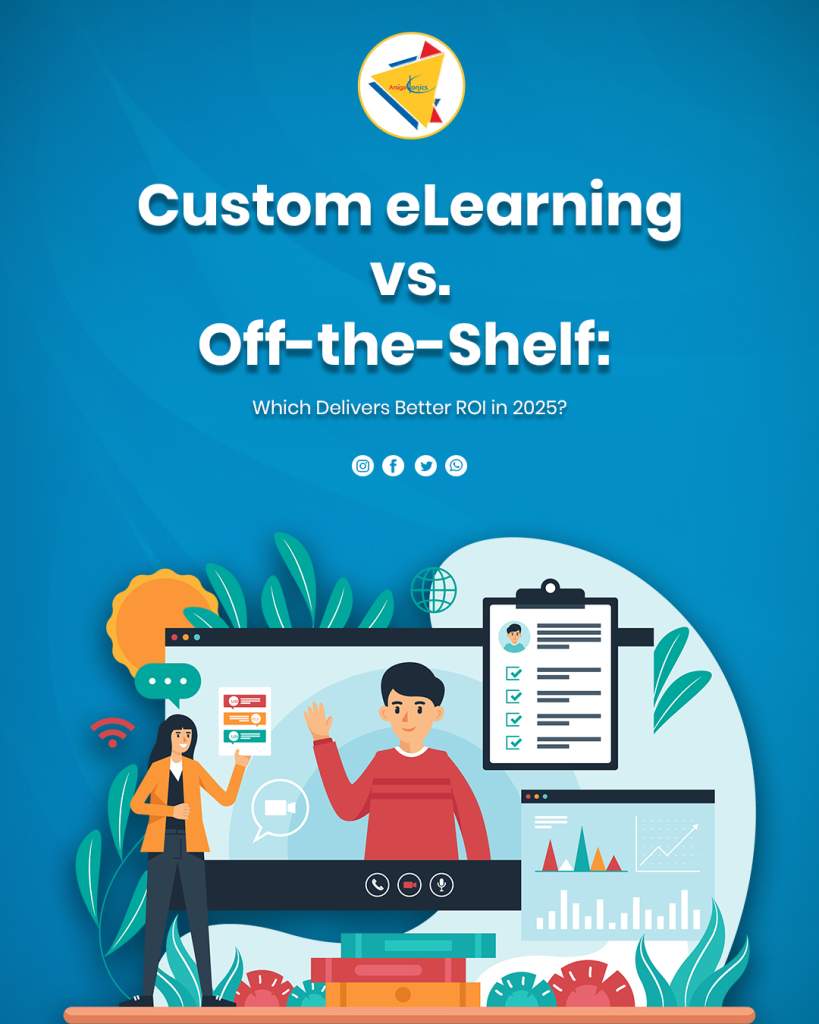
Cost vs Value:
Custom content has higher upfront costs but can deliver greater lifetime value if the content remains relevant and materially improves performance. OTS on the other hand has lower up-front cost, fast launch, but lower long-term impact for specialised roles.
Today, Learning and Development teams calculate ROI not only based on the cost, but also on the resulting performance. Off-the-Shelf can be used for basic compliance and digital literacy, while Custom e learning can be invested in for role-critical measurable outcomes.
To conclude, Off-the-Shelf is the go-to low-risk option for broad, standard needs. Custom learning results in improved performance that directly impacts the business. In 2025, the smartest approach is to blend OTS speed with custom relevance where it matters most.

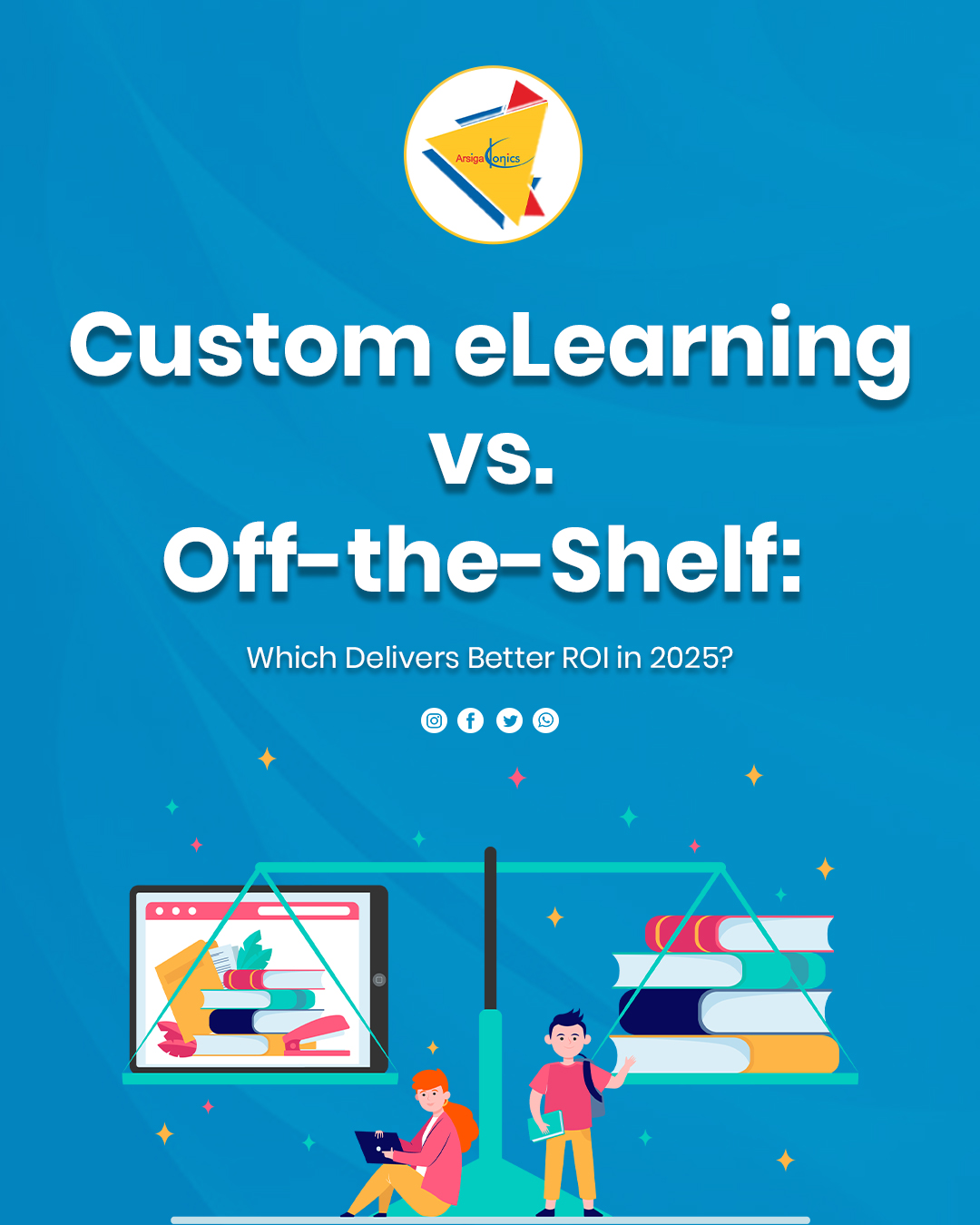
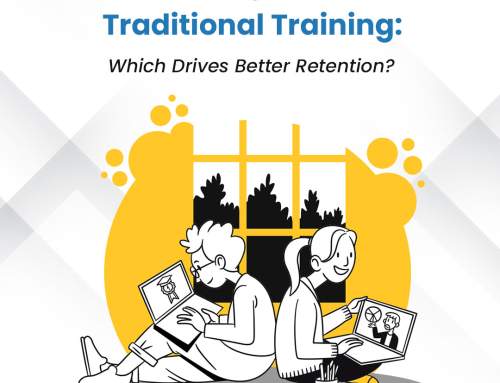
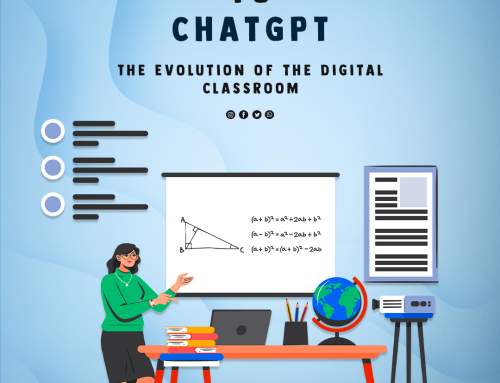

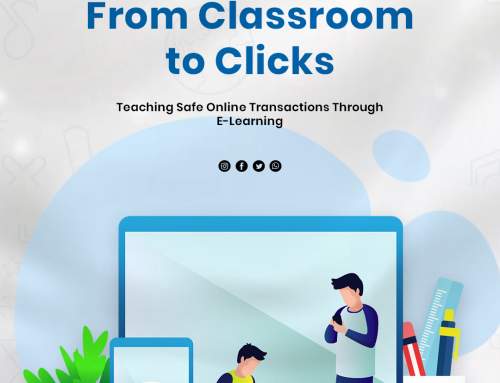
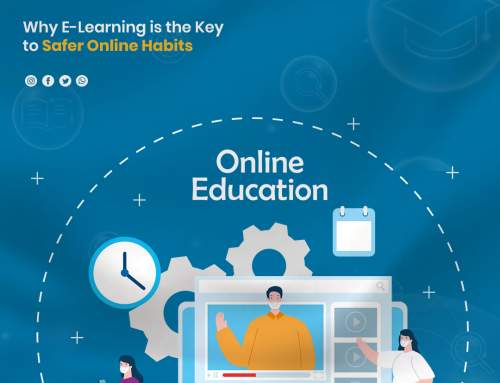
Leave A Comment